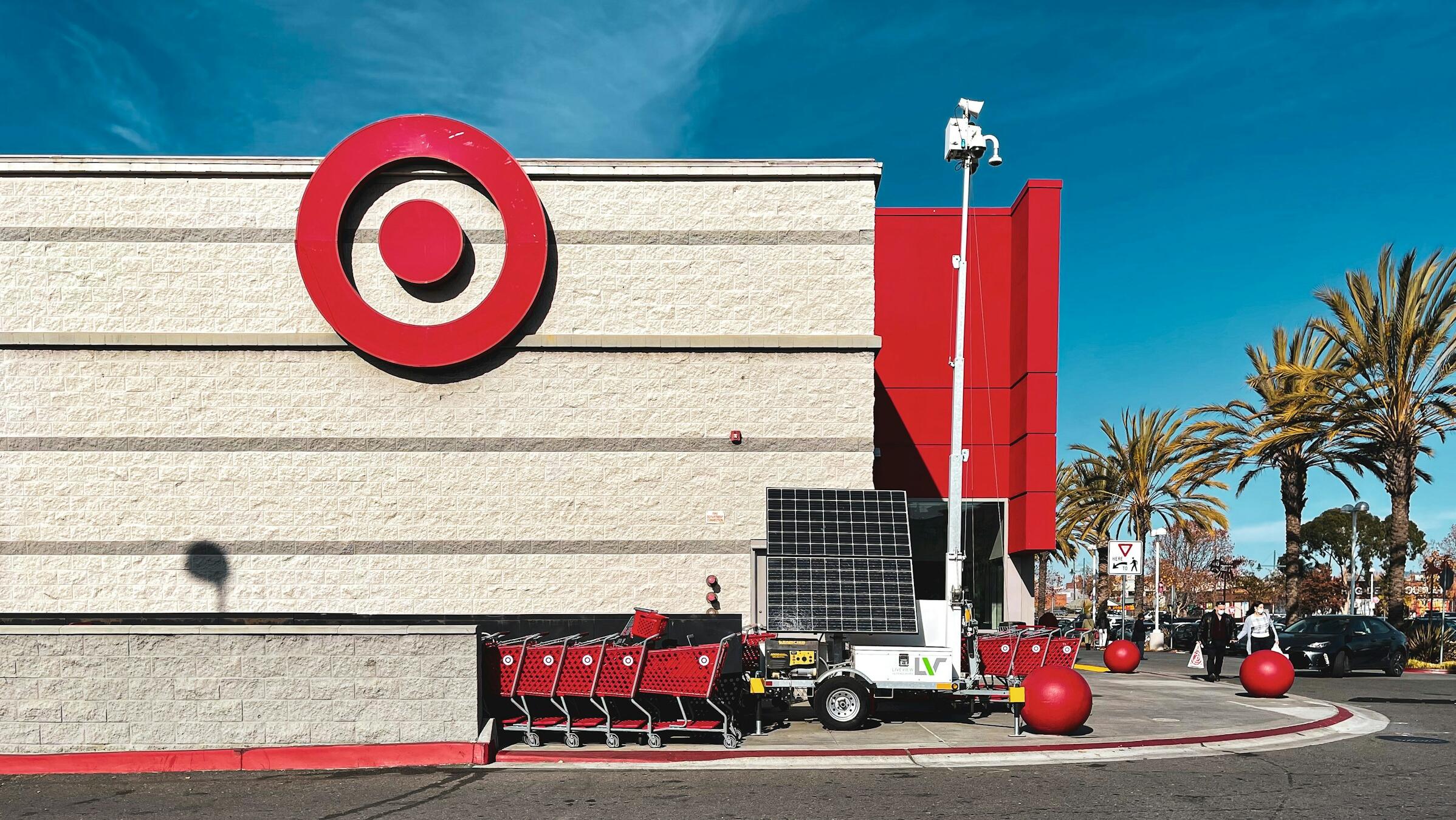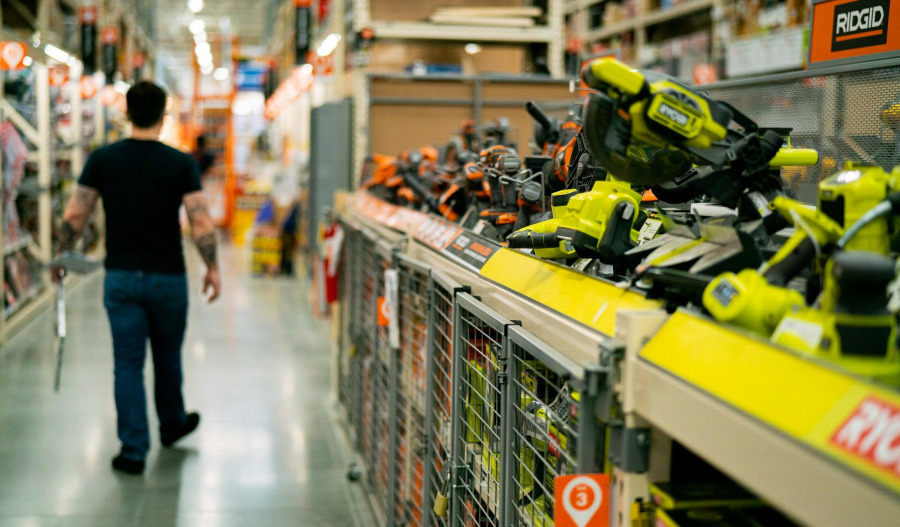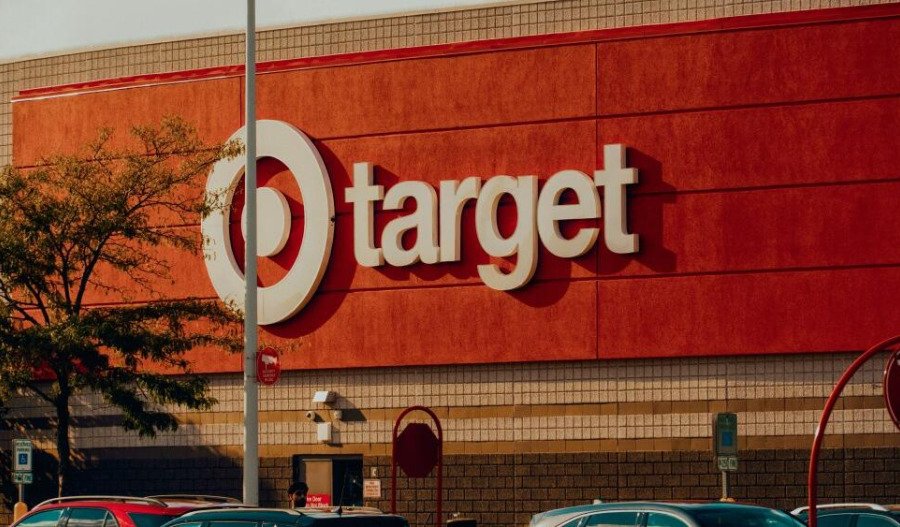Shares in Target Corporation (TGT) fell 6% in overnight trading after the big-box retailer provided two missives the market; firstly, second quarter same-store sales fell by nearly 2%, and secondly, the Minneapolis-based retailer pointed toward a refocus on growth by naming its next CEO.
Michael Fiddelke (49), Target's current COO was announced successor to outgoing CEO Brian Cornell (66) who will become executive chair of Target’s board of directors.
Having joined the company as an intern in 2003, Fiddelke – a ‘Target Lifer’ - isn’t waiting until 1 February when he officially takes over as CEO to make changes.
Fiddelke has already laid out three priorities in an attempt to staunch four years of stagnant annual sales, and inconsistent performance has tested the loyalty of shoppers, while also shaking the confidence of Wall Street.
Anecdotes from customers and former employees suggest that Target has lost some of the unique traits that set it apart from competitors, like eye-catching merchandise, well-kept stores and attentive customer service.
Fiddelke plans to reestablish Target’s alleged reputation as a retailer with stylish and unique items, while providing a more consistent customer experience, and using technology more effectively to operate an efficient business.
As leader of Target’s recently established Enterprise Acceleration Office - a unit Target created to accelerate its turnaround - Fiddelke said he’s been able to take a more granular look at the business and where it has underperformed.
For example, he said, the retailer lost ground with home goods, a category it was known for and one that exploded in popularity during the pandemic.
He also criticised Target for focussing too much on “core” items and “lost some of its fashion and design leadership.
However, he conceded that Target is making some progress and pointed to the addition of Disney and Marvel-themed bedding and decor to Pillowfort, Target’s brand for kids’ home goods.
“Now, we need more of those examples across the category, but they give me a ton of confidence that we’re on the right path there,” Fiddelke said.
Meanwhile, after slashing its annual sales forecast in May – from previously forecast net sales growth of around 1% to a single-digit decline - the company reported net sales of US$25.2 billion in the second quarter, 0.9% lower than last year, while operating income of US$1.3 billion was 19.4% lower than last year.
Net income fell to $935 million, or $2.05 per share, from $1.19 billion, or $2.57 per share.
Customer transactions dropped 1.3% and the average amount customers spent during those transactions declined 0.6%.
Target’s profit margins were also pressured by higher markdown rates, cancellation costs for purchase orders and customers buying more merchandise in lower-profit categories like hardlines - a category that includes electronics and toys that carry lower margins than other parts of the store like apparel.
However, digital sales were a bright spot, rising 4.3% year on year.
Meanwhile, the company’s non-merchandise sales grew 14.2% compared with the previous period, as it drew more revenue from its advertising business, Roundel, its membership programs and its third-party marketplace.
However, despite the company’s sales and traffic across its stores and website declining, Target still managed to beat Wall Street’s expectations for sales and earnings during the second quarter and reiterated its full-year forecast.
Additionally, as store traffic at the big-box retailer has fallen almost every week since late January, higher tariffs have also compounded Target’s challenges, with the company importing around half of what it sells.

Join our community of decision-makers. No card required
Join now

